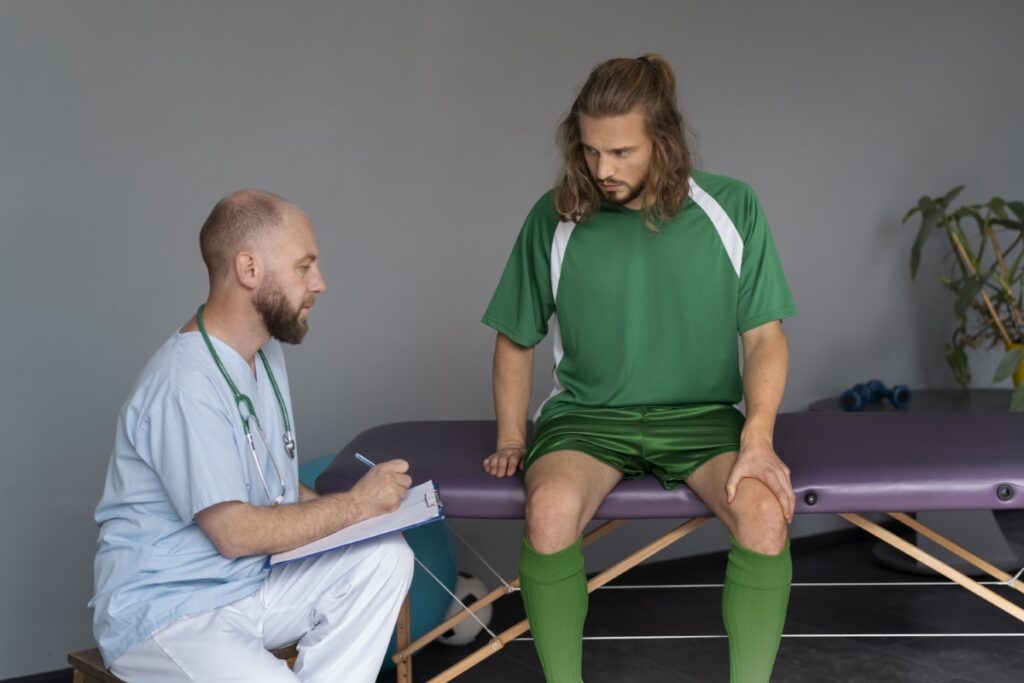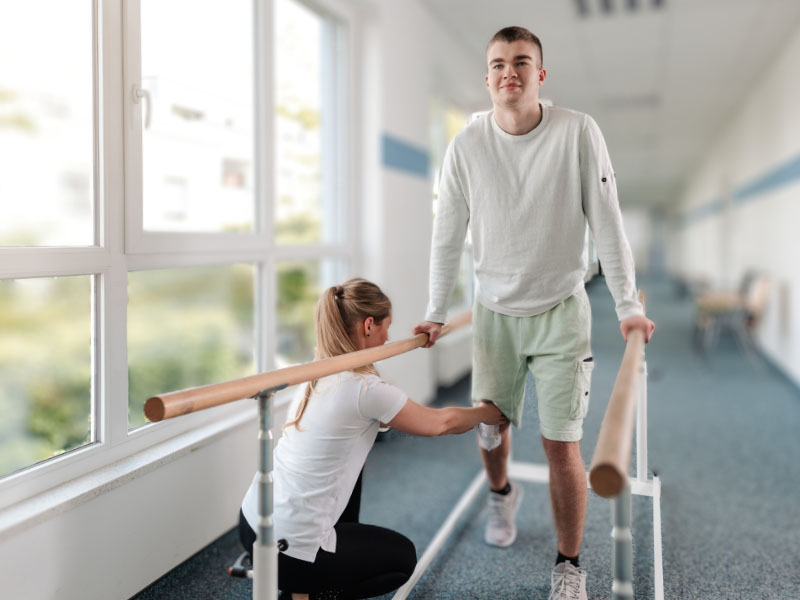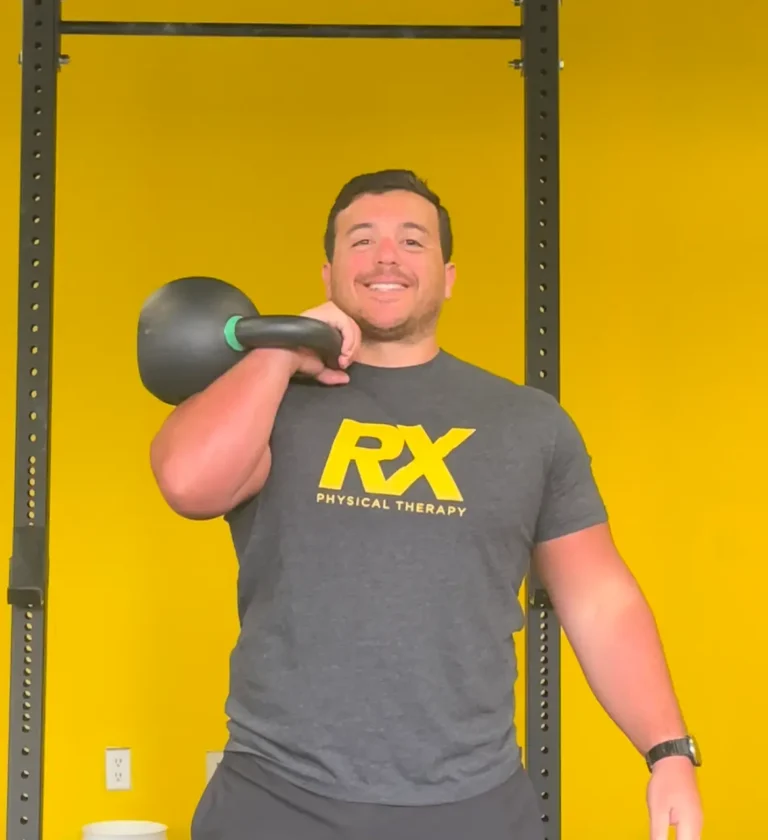During sporting activities, athletes are often prone to sustain injuries. Now, this is where sports rehabilitation steps in. As part of physical therapy for athletes, sports rehabilitation helps athletes recover from injuries sustained.
The Importance of sports injury rehabilitation for Athletes
Why is rehab so important for athletes? The answer lies in the nature of sports injuries. Be it a sprain or a more severe injury, these injuries can interrupt an athlete’s career, causing pain and reducing functional capacity. Some worst injuries in sports are spinal cord injuries. These are potentially life-altering injuries that can occur in high-impact or contact sports. They may lead to paralysis or other chronic issues related to mobility and sensation.
Physical therapists play a crucial role in sports rehabilitation by closely collaborating with athletes. Leveraging their expertise in physical medicine, they aim to reduce pain, improve functionality, and get the athlete back to their sport. Techniques may include therapeutic exercise, massage therapy, and other innovative therapeutic interventions, depending on the nature of the injury.
Common Sports Injuries and Their Rehabilitation
Sports-related injuries are diverse. Some common sports injuries are:
- Sprains and Strains
- Shin Splints
- ACL Tear or Strain
- Tennis Elbow
- Runner’s Knee
Understanding these sports injuries is a crucial part of the sports rehabilitation process, highlighting the importance of athlete physical therapy. For instance, a baseball pitcher might require a different rehabilitation program than a sprinter due to the distinct demands of their sport.
An example of a sport-specific rehab exercise is a tennis player recovering from a wrist injury and performing exercises that simulate the swinging of a racket.
Understanding the 5 Stages of Rehabilitation in Sport
Sports rehabilitation is typically divided into five key stages:
- Immediate Treatment. This stage involves the initial response to the injury, such as rest, ice, compression, and elevation (RICE), to limit damage and reduce pain and swelling.
- Mobility Restoration. Once the swelling decreases, the focus shifts to restoring joint mobility through physical therapy and other treatments.
- Recovery of Strength. With mobility restored, the athlete gradually starts strength training to regain muscle strength without exacerbating the injury.
- Recovery of Function. This stage involves sport-specific rehab exercises to help the athlete return to their sport. For instance, a soccer player might work on running and kicking drills.
- Maintenance. The final stage involves ongoing exercises to maintain strength and prevent future injuries.
Psychological Aspects of Sports Rehabilitation
The impact of an injury on a competitive athlete extends beyond the physical. The psychological aspects of sports rehabilitation are equally important. The patient’s response to their injury and the rehabilitation process can significantly affect the speed and success of their recovery. A positive mindset can help an athlete navigate the challenges of rehabilitation and return to their sport stronger than before.
The Role of the Sports Medicine Team
Sports rehabilitation is a team effort. It involves sports medicine physicians, physical therapists, athletic trainers, and others. Through clinical reasoning, this team designs and implements a rehabilitation program that ensures the athlete’s safe return to their sport, highlighting the importance of physical therapy for athletes.

RX Physical Therapy in Sports Rehabilitation
At RX Physical Therapy, we pride ourselves on providing a comprehensive sports rehabilitation program tailored to each athlete’s unique needs. Our physical therapists are experts in their field, leveraging evidence-based techniques to treat a range of sports injuries. But it’s not just about recovery; our physical therapy services also focus on enhancing athletic performance. Additionally, we offer sport-specific exercises, a crucial part of our physical therapy service that ensures athletes can safely and confidently return to their beloved sport.
Are you an athlete dealing with an injury or looking to maximize your performance? Contact us today and get started on your road to recovery and enhanced performance.


